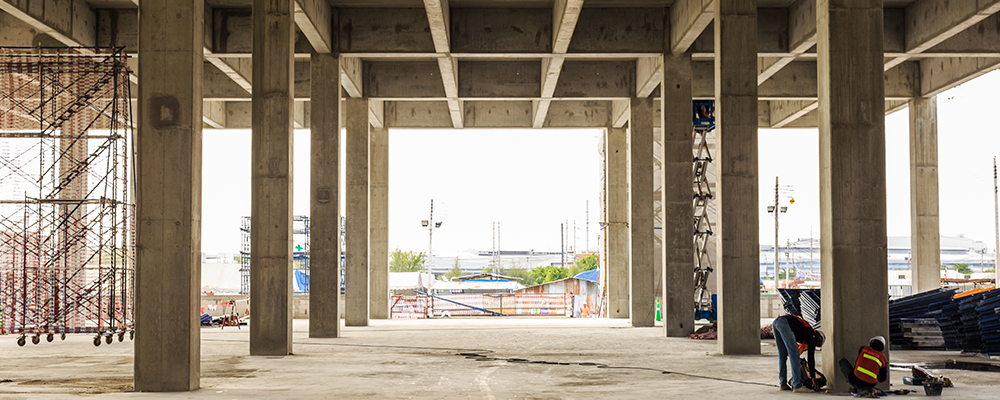

Latest Article

July 25th, 2025
Shaping Competence Together: Building a Culture of Competence in High-Hazard Industries
Other posts by this author
November 1st, 2017
7 health and safety quotes that make you think
February 20th, 2017
Competence Management update from The Oil & Pipelines Agency
February 10th, 2017
US CSB to investigate explosion at Packaging Corporation of America
Categories
Competency Health and Safety Articles Health and Safety News Health and Safety Training In-House News Industry News Online Health and safety Process Training Reynolds Training Services rts Training Course Trending Uncategorized
Written by admin
May 28th, 2014
Health and Safety Articles
Health and Safety News
rts
It doesn’t matter whether you are working on a property extension or an Olympic stadium, the Construction Design and Management Regulations 2007 apply to almost everybody involved in construction work.
The construction industry remains very high risk, so improving the safety of your site is an essential safety component.
Regardless of a site’s size, CDM can help you to:
Everyone controlling site work has health and safety responsibilities. Those with legal duties are typically known as ‘duty holders’.
Under CDM 2007, duty holders are classed as:
When safety systems are inadequate or fail, the risk of a dangerous or fatal accident at your site exponentially increases.
Other common outcomes include:
In the most serious circumstances, you may be prosecuted.
New proposals put forward by the Health and Safety Executive could indeed see a regulative overhaul of the construction industry.
As part of the suggested changes, the Construction (Design and Management) Regulations 2007 (CDM 2007) would be overwritten by a more efficient set of regulations.
Written by admin
May 28th, 2014
Health and Safety Articles
Health and Safety News
rts

Let’s get
learning together!
Lines open Monday to Friday, 9am to 5pm, GMT

Prefer to talk by email?

Send a message to
enquiries@reynoldstraining.com
or fill in the form and a member of our safety team is standing by to help.
- John Reynolds